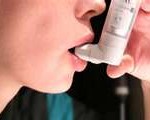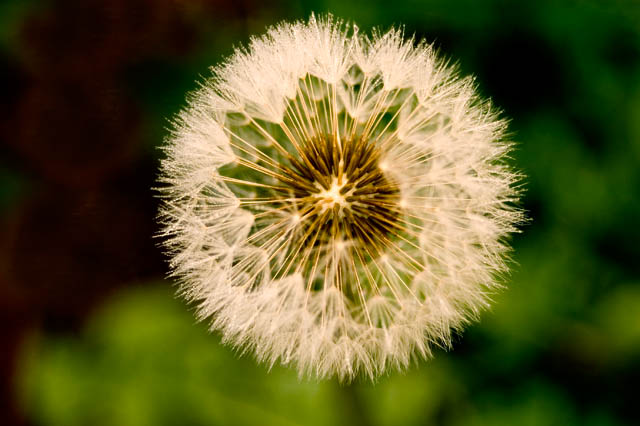 News from the University of New Mexico, the lowly dandelion has been shown effective at fighting breast cancer and prostate cancer. Used for centuries in Chinese medicine and Ayurvedic medicine the dandelion plant has been used for many aliments.
News from the University of New Mexico, the lowly dandelion has been shown effective at fighting breast cancer and prostate cancer. Used for centuries in Chinese medicine and Ayurvedic medicine the dandelion plant has been used for many aliments.
"The study demonstrates a number of of previously unknown effects of Taraxacum officinale on human cancer cells and suggests that TO (dandelion) extracts or individual components present in the extracts may be of value as novel anti-cancer agents"1
.
The medicinial benefits from dandelion in this study are attributed to one specific Taraxacum species extract so don't assume the dandelion you buy at your local farmers market or that growing in the lawn will have the same health benefits.
We know that plants and herbs all play a significant role in the discovery of new medicines particularly in the area of cancer research. In Traditional Chinese Medicine (TCM) dandelion is used to clear heat, especially liver heat with red, swollen, painful eyes. Dandelion also goes by the name Pu gong ying and has been known to dissipate nodules and reduce abscesses in the breast and promote lactation when lack is due to heat. Pu gong ying has been used in treating breast cancer in TCM for many years and this study confirms why dandelion is a one of the most useful herbs for breast cancer patients.
References:
1. INTERNATIONAL JOURNAL OF ONCOLOGY 32: 1085-1090, 2008
Evaluation of aqueous extracts of Taraxacum officinale on growth and invasion of breast and prostate cancer cells SOPHIA C. SIGSTEDT1, CARLA J. HOOTEN1, MANIKA C. CALLEWAERT1, AARON R. JENKINS1,ANNTHERESE E. ROMERO1, MICHAEL J. PULLIN2, ALEXANDER KORNIENKO3,TIMOTHY K. LOWREY4, SEVERINE VAN SLAMBROUCK1* and WIM F.A. STEELANT1*
Laboratories of 1Biochemical and Biomedical Research, 2Aqueous Environmental Chemistry, and 3Synthetic Organic and Medicinal Chemistry, Department of Chemistry, New Mexico Tech, Socorro, NM; 4UNM Herbarium, Museum of Southwestern Biology, University of New Mexico, Albuquerque, NM, USA Received December 4, 2007; Accepted January 25, 2008

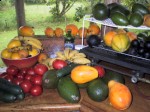
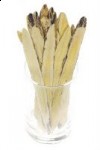
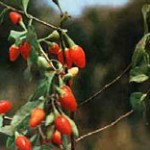
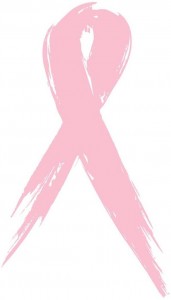
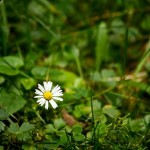


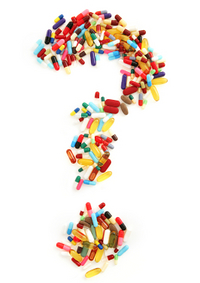 Labels on most herbal products in the US provide little to no information regarding the amount of fillers ie. starch, otherwise known as excipients. Excipients are inactive substance used as a carrier or any ingredient that is added to adjust the intended dosage. Often excipients are used to achieve a uniform 5 to 1 herb ratio. (Basically a diluents). Excipients are also used to improve administration such as making capsules or pressed pills.
Labels on most herbal products in the US provide little to no information regarding the amount of fillers ie. starch, otherwise known as excipients. Excipients are inactive substance used as a carrier or any ingredient that is added to adjust the intended dosage. Often excipients are used to achieve a uniform 5 to 1 herb ratio. (Basically a diluents). Excipients are also used to improve administration such as making capsules or pressed pills.